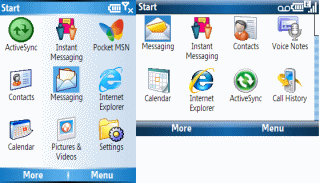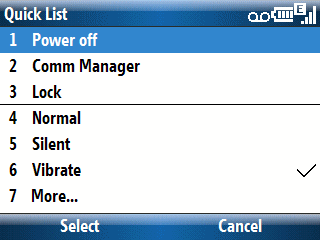The Amazon Kindle ebook looks like a great device for reading digital books. However, at $399 (US) it has a pretty high price point. My original opinion was that this relatively high price point would kill it as a product. Then, I started reading Kindle’s product description and read this:
Whispernet utilizes Amazon’s optimized technology plus Sprint’s national high-speed (EVDO) data network to enable you to wirelessly search, discover, download, and read content on the go.
Unlike WiFi, you don’t have to find a hotspot. Amazon pays for Kindle’s wireless connectivity so you will never see a monthly wireless bill for shopping the Kindle Store. There is no wireless setup—you are ready to shop, purchase and read right out of the box.
If I understand this correctly, Kindle has built-in EVDO service from Sprint PCS and does not require payment for this service. This is flat out amazing. It also has some kind of email facility since the description also mentions the ability to Email your Word documents and pictures (.JPG, .GIF, .BMP, .PNG) to Kindle for easy on-the-go viewing. This has a cost associated with it though. In fact, even reading the custom blog RSS feeds has a recurring cost. But, I guess that is the way Amazon reimburses Sprint for the EVDO bandwidth.
While it is not a PDA, the Kindle and the other cool non-PDA (the iPod touch) is definitely going to make life very difficult for the Windows Mobile crowd. While carrying multiple devices is not desirable for most people and the Kindle’s $399 is a bit too high for mass consumption, I can see how people might carry an iPod touch (or iPhone), a Kindle, and a dumb but reliable basic function phone (voice and SMS).
Then again, I thought the original iPod was way too expensive when it first came out too.

